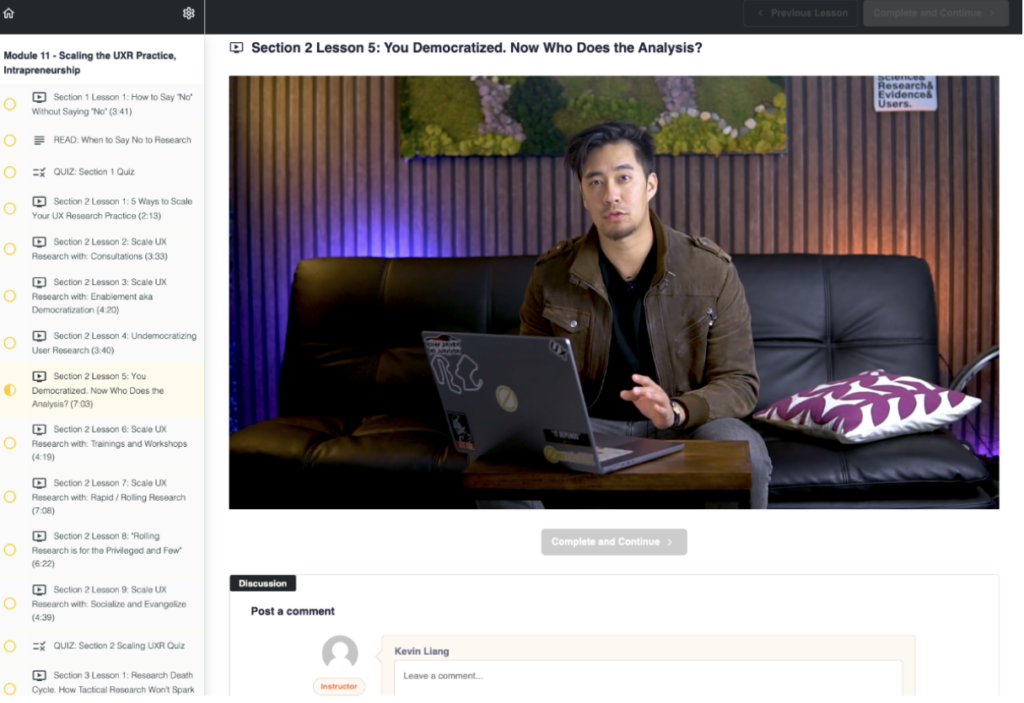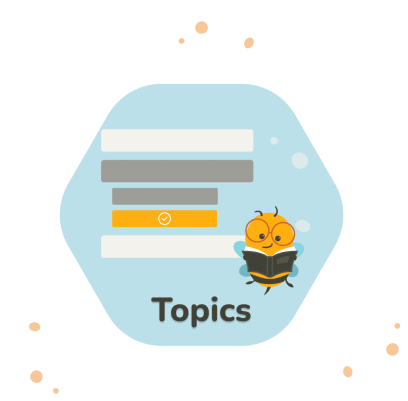Focusing on innovative solutions that offer real value to users contributes to a sustainable business, while flashy ideas that don’t provide real benefits often fall short. When businesses take a bite at designing products based on outcome-driven innovation methodology, they look at the Jobs To Be Done (JTBD) framework.
Let’s step back and break down the JTBD framework, its main principles, and some examples to improve your strategy.
Key Takeaways:
➡️ Jobs To Be Done (JTBD): It’s all about understanding the reasons behind why people use a product in the first place.
❗️ Core idea: JTBD identifies users’ real needs, whether practical, social, or emotional.
✅ Impact on UX research: Using JTBD means you can learn what users genuinely want, helping you design products that satisfy those needs.
🧠 In practice: This involves talking to users, mapping out their experiences, and testing designs to fit their needs perfectly.
💡 End result: Making innovation profitable with satisfied customers and products that solve their actual problems.
What are the Jobs To Be Done?
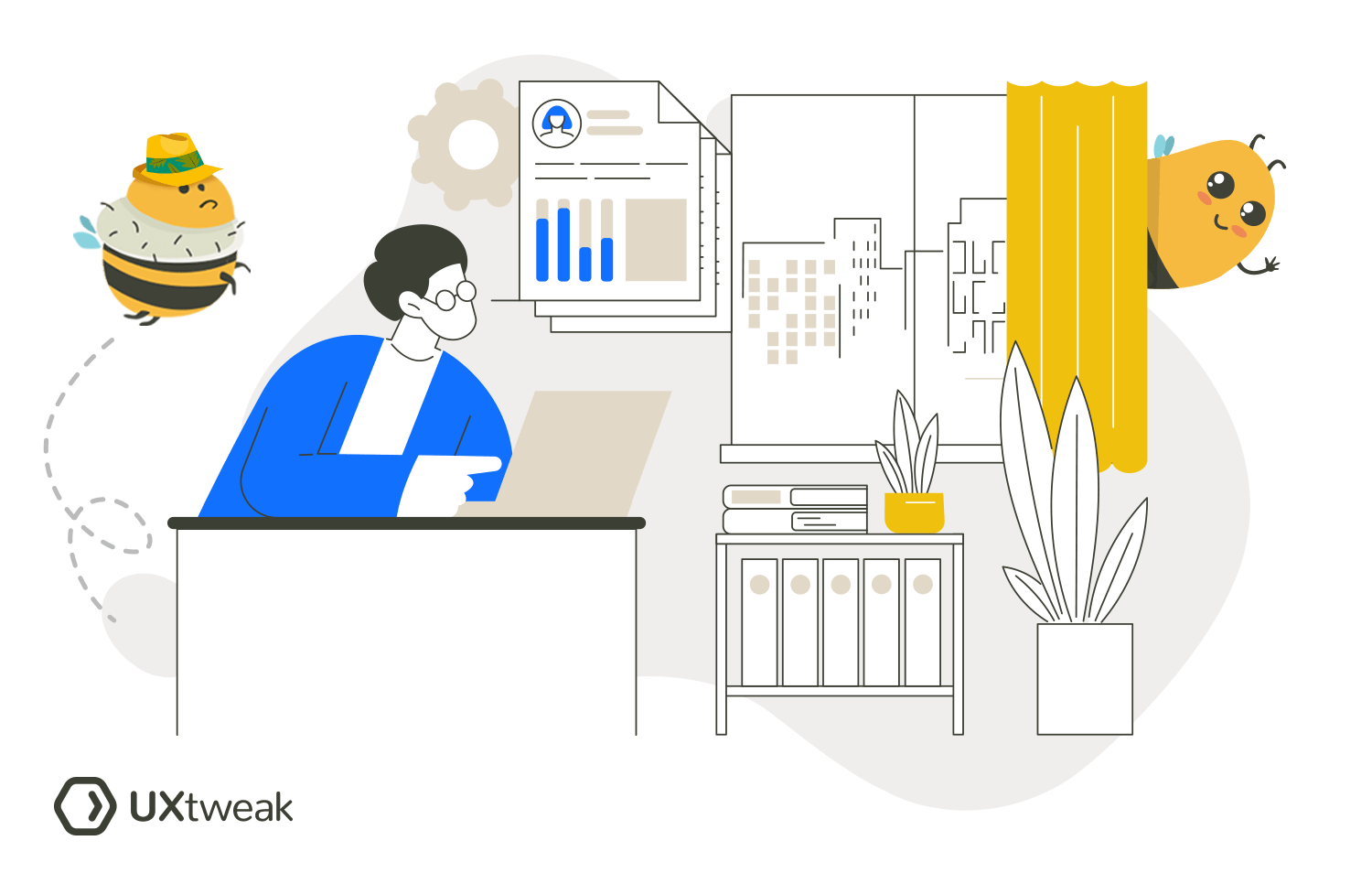
Jobs To Be Done (or JTBD) helps businesses identify why people and organizations make certain purchasing decisions. Unlike traditional marketing, which often focuses on demographics or product features, JTBD explores the deeper function of social and emotional motivations.
Everyone has specific tasks they need to accomplish — goals, aspirations, and plans. Much like hiring a contractor to build a house or a lawyer to handle a case, people “hire” products or services to help them achieve these tasks.
The JTBD framework helps product designers and developers understand the customer’s specific goal or “job,” as well as the thought processes that lead them to choose a particular product. Product teams can learn what customers want to accomplish by using this method to determine what they want to buy.
History of Jobs To Be Done Theory
The theory, initially developed by Tony Ulwick of Strategyn, originated within his Outcome Innovation framework. Rather than focusing solely on products or services, this approach aims to understand the specific outcomes consumers seek. Ulwick details its applications in his book Jobs-To-Be-Done, highlighting how effectively this theory has improved products for his clients.
Since its introduction in 1991, Strategyn has successfully applied the JTBD framework to numerous companies. Businesses using this approach have achieved an impressive 86% success rate by applying the Jobs To Be Done theory to develop and refine their products.
Jobs To Be Done vs. Persona
Jobs To Be Done shifts the focus from imagining a typical user to understanding what your actual users want to achieve with your product. Instead of starting with a user profile, JTBD begins with the job your users want your product to do.
You’re asking, “What are our customers trying to accomplish?” This way, you focus on their needs and goals rather than creating a generic representation.
A user persona is a richly detailed fictional character that embodies a target user group’s attributes, needs, and behaviors, and demographics. It’s built from thorough research and represents real people who use your product or who you want to attract.
Using multiple user personas helps to reflect the diversity of your users, thus inspiring user-centered design.
The difference between the two is that JTBD doesn’t follow a strict process or produce the same results every time. Depending on how you interpret JTBP to determine your customers’ jobs to be done, the results may vary significantly.
Jobs To Be Done vs User Stories
We’re looking at two different but complementary ways of understanding what users need and how products can meet those needs. The jobs-to-be-done approach focuses on the fundamental jobs (or tasks) that users are trying to accomplish. It explores why users “hire” a product—perhaps to solve a problem, achieve a goal (short or long-term), or meet specific needs in their lives.
For instance, instead of just examining what features a fitness app should have, Jobs-to-Be-Done would explore why people want to track their workouts (to stay fit, monitor progress, etc.) and what outcomes they seek from it (better health, motivation, etc.). It’s more about understanding the underlying motivations and contexts behind user actions.
User stories capture a feature’s requirements from an end-user perspective. Generally, they follow this rule: “As a [type of user], I want [goal] so that [reason].”
User stories are concise and focused on describing specific functionalities or features that address user needs. For example, users might want to log in with their social media accounts to access the app quickly.
The key difference lies in their focus and scope. Jobs-to-be-done takes a broader view by examining the overall objectives and motivations behind user actions, while user stories zoom in on specific functionalities or features that contribute to meeting those broader objectives.
What is a “job” in the UX context?
A “job” in UX is a specific goal or task a user tries to accomplish when interacting with a product. But this doesn’t tell the whole story. In fact, ticking off these “jobs” throughout the research process makes all the difference in designing products that truly meet user needs.
UI and UX designers frequently work in a lean or agile environment where the product concept and specifications are already established. They must follow these specifications and ensure the product provides a positive user experience. This means thinking beyond just what the product does and focusing on why the user is using it in the first place.
So, applying the Jobs To Be Done theory can help here. While designers might have a clear idea of the product’s purpose, the challenge lies in addressing how users learn to use and interact with the product. These are what we call “consumption chain jobs” and they’re necessary for a smooth user experience.
Benefits of using Jobs To Be Done in UX research
The JTBD framework offers numerous advantages in UX research. It helps product teams better understand customer needs and goals.
More notably, there is no need to guess or assume the user’s needs, as the theory spells out most of the development process and how to approach each one comprehensively.
Innovative products
Companies that focus on customers’ needs rather than product features will see many benefits. Understanding the real desires of their target market helps businesses identify opportunities for innovation and create products and services that meet customer needs.
The result of this is happier customers, stronger brand loyalty, and better financial results.
Effective marketing and messaging
The JTBP framework helps businesses understand what motivates their customers and the outcomes they’re looking to achieve. With these insights, companies can create marketing messages and value propositions that resonate with customers.
For example, instead of simply advertising its features like tracking steps or calories, a fitness app can focus on the job customers want to get done, such as “Staying healthy and active despite a busy schedule.” This way, the marketing message speaks directly to the customer’s needs and aspirations.
Customer satisfaction
You can learn about your customers’ needs and priorities by understanding the specific tasks they are attempting to complete with your product or service.
JTBP empowers companies to stand out in a crowded market. Instead of guessing what your customers want, you know exactly what they need. This leads to a better product development and delivery strategy that connects more effectively with your audience.
Market opportunity identification
The framework is excellent for finding new marketing opportunities by highlighting needs that current products or services don’t quite meet.
A tech company might find that many small businesses struggle with affordable and easy-to-use software solutions. This discovery can lead to the development of a simplified software package tailored specifically for small business owners, enabling them to manage their operations more effectively without incurring high costs.
Identifying these unmet needs allows businesses to create products and services that directly respond to what people are searching for, helping them provide value to customers.
Main principles of Jobs To Be Done
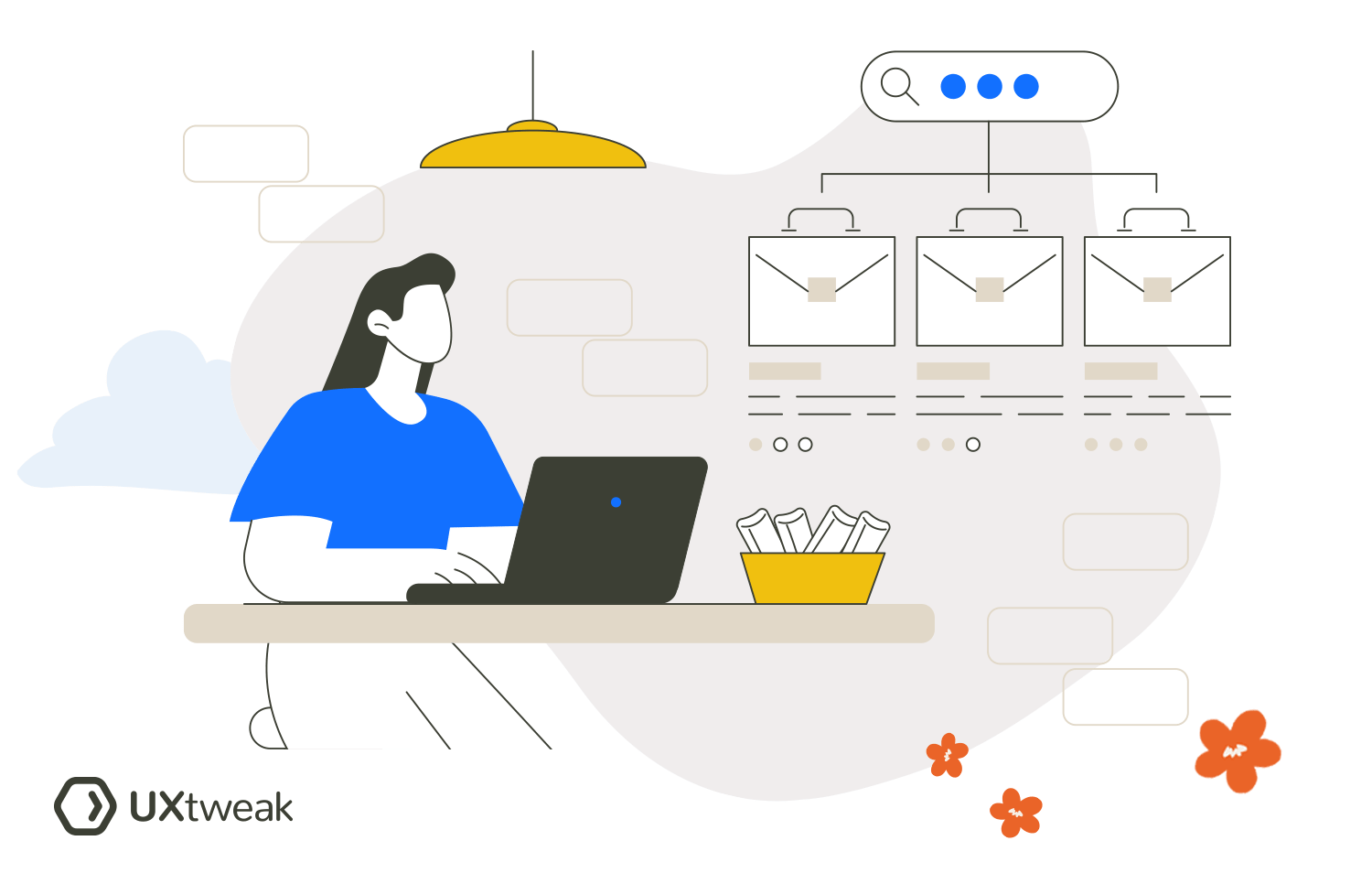
The JTBP theory emphasizes that customers actively “hire” products or services to fulfill specific tasks or goals in their lives.
Here are the main principles of this approach:
Jobs are stable over time
The core needs or “jobs” people are trying to accomplish remain constant. Tools and technologies may evolve over time, but the basic objectives don’t change much. In communication, whether through handwritten letters or instant messages, the underlying job of keeping in touch with others has always been there.
Jobs combine functional and emotional aspects
Every job has both practical and emotional elements. It requires more than what a product does; it also depends on how it makes the user feel.
When using a smartphone, for example, you can make calls and browse the internet (functional use), providing a sense of connection and being up-to-date with technology (emotional use). Finding the right mix of practical and emotional aspects makes products appealing to users.
Jobs are related to improvements
People buy products to complete jobs that improve their lives in some way. This could mean making a task easier, quicker, or more enjoyable. Experiencing clear improvements in their daily routines leads to greater satisfaction and loyalty to the brand.
Products that simplify tasks by integrating into customers’ lives and delivering real benefits build strong connections. After all,
Jobs are present in a context
A “job” is a simple way to describe what an individual seeks to accomplish in a given circumstance. A person might handle the same job differently, depending on the circumstances. When getting dinner, someone might cook at home on a relaxed evening but opt for takeout after a long, busy day.
The circumstances are more important than customer characteristics, product attributes, new technologies, or trends. Recognizing these contexts helps businesses design products that fit naturally into various situations.
These principles align with the business-to-consumer context but are also applicable in multiple fields, particularly in UX research.
How to integrate JTBD into the UX research process
Integrating jobs to be done (JTBD) into the UX research process can significantly improve product development and meet user needs.
Here’s how to integrate it for UX purposes:
1. Identify users’ Jobs To Be Done
Start by understanding the core tasks or goals users want to accomplish when using a product or service. This goes beyond just what the product does–it’s about why users “hire” the products in their lives.
Between 2012 and 2016, of the over 20,000 new products evaluated in Nielsen’s Breakthrough Innovation Report, only 92 had sales beyond $50 million in the first year and a sustained second year. However, according to Nielsen, one thing stood out during this period.
Each had a specific user job nailed down, and poorly performed ones were identified and improved.
2. Use a user journey map to visualize jobs
Once you’ve identified these jobs, map out the entire user journey to see how these jobs fit into the broader context of a user experience.
A user journey map helps visualize a user’s steps–from initial awareness to adoption and ongoing use of a product. This mapping process helps uncover touchpoints where the product can better serve users’ needs throughout their journey.
3. Incorporate Jobs To Be Done into UX personas and user stories
Translate these insights into practical tools like UX personas and user stories. UX personas represent typical users with specific goals and behaviors, while user stories outline scenarios of how users interact with the product to achieve their goals.
Incorporating jobs to be done into these elements guarantees that every part of product development, from design to functionality, closely aligns with users’ needs.
How do you prioritize between jobs to be done?
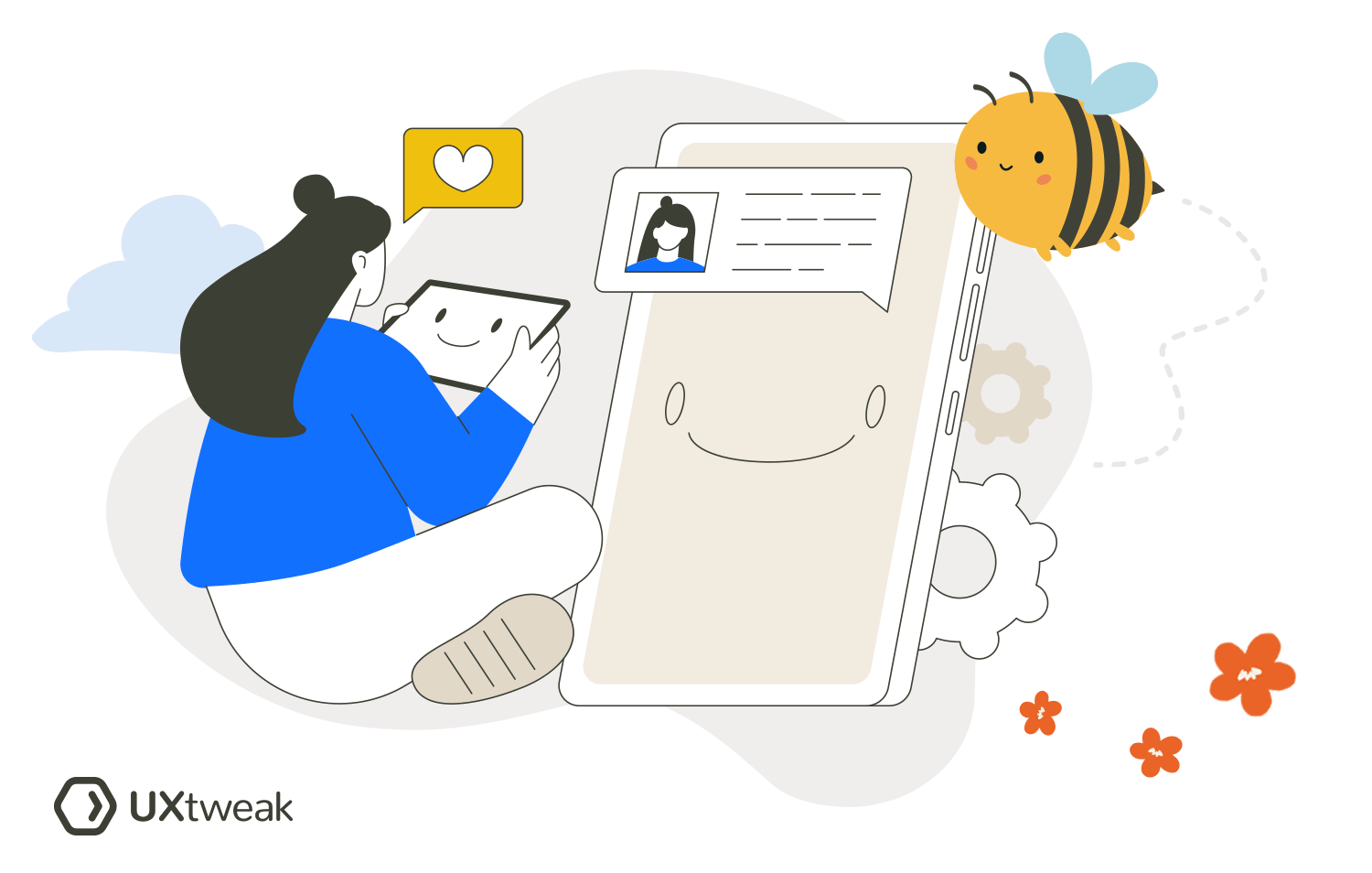
Prioritizing between JTBP means learning to focus on the most critical tasks or goals users try to achieve with your product or service.
Let’s look at how businesses can prioritize these jobs to meet user needs.
1. Understanding stakeholder priorities
If you must prioritize between jobs to be done, users’ interests must be in line with stakeholder objectives.
Stakeholders often have strategic goals tied to specific customer demographics, industries, or use cases.
For instance, a software company might focus on enhancing user engagement among enterprise customers, driven by higher revenue potential and long-term contract opportunities.
The objective here is to frame an innovation market distinct from traditional marketing approaches. It’s important not to create personas that don’t reflect real-world needs. Instead, define natural groups of people trying to accomplish the same jobs.
In many cases, you’re building on existing business foundations. Whether your organization already offers products or is building a new one, understanding stakeholder interests and existing capabilities is key. This ensures you align with their strategic goals and can effectively prioritize which jobs to be done to focus on.
To create a simple decision framework:
- Start by describing the groups on which stakeholders want to focus based on your organization’s existing portfolio or capabilities
- Ensure these characteristics align with your organization’s goals and operational capabilities
- Give the group a straightforward name that resonates with stakeholders. If clarity is lacking, revisit the group’s characteristics to refine the focus
- Consider whether stakeholders prefer a more specific or broader focus group, and adjust your approach accordingly.
2. Identify target user groups and segments
This approach is particularly ideal for individuals or teams who have already developed a value model.
Picture jobs as a pyramid, with your value model positioned somewhere in the middle. Breaking down each pyramid stop into individual jobs or segments allows for a more in-depth understanding of user needs and behavior.
Identifying job performers based on functional breakdown means exploring each level of the pyramid as a distinct job. This multidimensional approach acknowledges that jobs can vary depending on different contexts and situations.
To implement this process, you need to gather user research insights to pinpoint specific target user groups or market segments of interest.
More simply, you need to collect data on demographics, behavior patterns, and the unique needs of these groups. For example, if stakeholders prioritize attracting younger customers to a fashion app, your focus would be on understanding and addressing the jobs most relevant to this demographic.
3. Collect user feedback to validate and prioritize jobs
After figuring out which jobs matter most to your users, the next step is to prioritize them based on what’s important for the company and what your market insights tell you. This means using the data you’ve gathered to decide which jobs are really crucial for your users.
One way to do this is to look over the list of jobs you’ve identified to see how well each one fits with your company’s goals. Another is to think about what your customers need most, what the market is demanding, and what your business is aiming to achieve.
For example, if your main goal is to keep customers returning, focus on jobs that improve their satisfaction and loyalty.
It’s also helpful to consider what’s happening in your industry and what trends are shaping customer preferences. This might involve checking out what your competitors are doing or even asking customers directly through surveys.
With all this information, create a plan that ranks the jobs based on their importance and potential impact. Concentrate on the jobs that not only meet big customer needs but also fit well with what your company can handle and wants to achieve in the future.
There are different ways to do this. Set up a workshop where experts can help decide which jobs matter most without getting sidetracked by biases. A structured assessment method like the Mediating Assessment Protocol (MAP) can be used to evaluate the priority of different jobs.
This helps you understand how important these jobs are to participants (who might not be your actual customers) and how well your company can handle them.
You can also run a simple survey among real job performers to see which jobs they think are most important and why. This gives you practical insights into where to add the most value without getting bogged down in complex details.
Lastly, not all the top jobs will be easy to tackle. So remember these key takeaways:
- Focus on jobs that fit well with what your company already does
- Look at jobs that could be developed or improved in the near future
- Be realistic about jobs that might be too big to handle right now but could be options down the road with some planning
4. Develop a decision framework for collaborative prioritization
5. Iterating models and solutions
Iterating models and solutions within the Jobs To Be Done framework involves systematically refining products or services to meet user needs better.
Here’s how it is done:
- Prototyping and testing: Create prototypes of your future product and test them with real users to gather feedback on their UX, intuitiveness, and spot usability issues and confusion points.
- Listening to users: Organize interviews and talk to your users about the product and the problems it solves for them. This dialogue will help to understand how well the ideas fit into their daily routines and what adjustments might be necessary.
- Making adjustments: Based on the feedback received, modify features. This might involve enlarging buttons for easier interaction or adjusting features to match user preferences and needs better.
- Continuous refinement: This process is ongoing, continually refining and enhancing the product or service based on real-time feedback from continued use.
- Remaining flexible: Apply agile principles to stay adaptable. If something isn’t working as expected, you can pivot and explore alternative approaches until the right solution is found.
- Focused goals: Throughout the process, keep the overarching project goals in sight—ensuring that the improvements made contribute meaningfully to the product’s purpose and value.
- Strategic alignment: Each refinement aligns with the broader business strategy, ensuring that every development contributes to the company’s objectives in the market.
6. Evaluate jobs to be done
Here are some factors to consider when evaluating your JTBD strategy:
- Based on user satisfaction
Access how well your products or service meets your users’ needs and expectations. Are they satisfied with how your offering helps them accomplish their jobs or tasks? Customer feedback and reviews can provide valuable insights here.
- Based on frequency
Look at how often your product is used to fulfill a job. High frequency might indicate a critical need or a habit-forming product, while low frequency could highlight areas for improvement or niche opportunities.
- Based on alignment with business goals
Evaluate how well the jobs identified align with your company’s strategic objectives. Are you targeting jobs contributing to your business growth, profitability, or market positioning? This alignment ensures that your efforts are focused on impactful areas.
Wrapping up
Figuring out what customers are trying to do is important for coming up with new successful products. When companies know what problems users face, creating a streamlined JTBD framework that addresses their needs becomes easier.
And there’s no better tool than UXtweak to get to know your customers and their needs. All user research and usability testing tools that you need packed in one handy platform!
Register for the free and try it out yourself!

